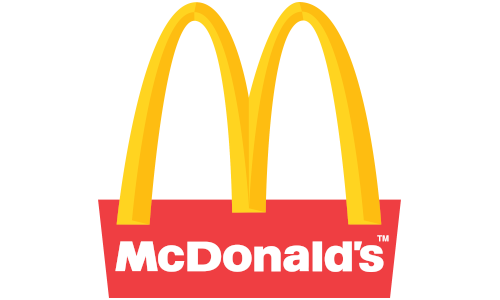Key Findings
- McDonald’s has made significant progress by publicly announcing its goal to phase out all per- and polyfluoroalkyl substances (PFAS) in food packaging by 2025. The company also disclosed its beyond restricted substance list (BRSL) for food packaging consisting of bisphenols, phthalates, and PFAS.
- McDonald’s has a partial beyond restricted material list (BRML) applying to expanded polystyrene foam in food packaging and achieved a complete phaseout of the material.
Recommendations for McDonald’s
- McDonald’s can make progress by establishing a strong safer chemicals policy to address management responsibilities, supply chain accountability and stronger supplier disclosure of indirect food additives to food contact materials. The company should also set a public timeline for eliminating all PFAS in food packaging sooner than 2025.
- We urge the company to set public quantifiable goals with clear timelines to eliminate and safely replace plastics of environmental health concern (PEHC) in addition to polystyrene foam. McDonald’s should also publicly disclose the alternatives used to replace CHCs or PEHCs after eliminating them.
- The company should become a signatory to the Chemical Footprint Project and pilot it with key private label suppliers.
Grade History
How does McDonald's compare to its competitors?
Analysis of McDonald’s
Oversight: Established management responsibilities and incentives
Disclosure: Requires suppliers to report use of chemicals in products to retailer
Action: Reduced or eliminated chemicals of high concern (CHCs) or plastics of environmental health concern (PEHCs) within the last three years
Safer Alternatives: Evaluates safer alternatives, avoids regrettable substitutes
Transparency: Demonstrates a commitment to transparency and public disclosure
Third-party Standards: Promotes credible third-party standards for safer products
Extra Credit:
Joint Announcement: Public commitment demonstrated through joint announcement
Continuous Improvement: Shows continuous improvement by steadily expanding safer chemicals policy
Collaboration: Actively participates in collaborative process to promote safer chemicals
Impact Investment: Investing financial resources into independent research into safer alternatives and/or green chemistry solutions


